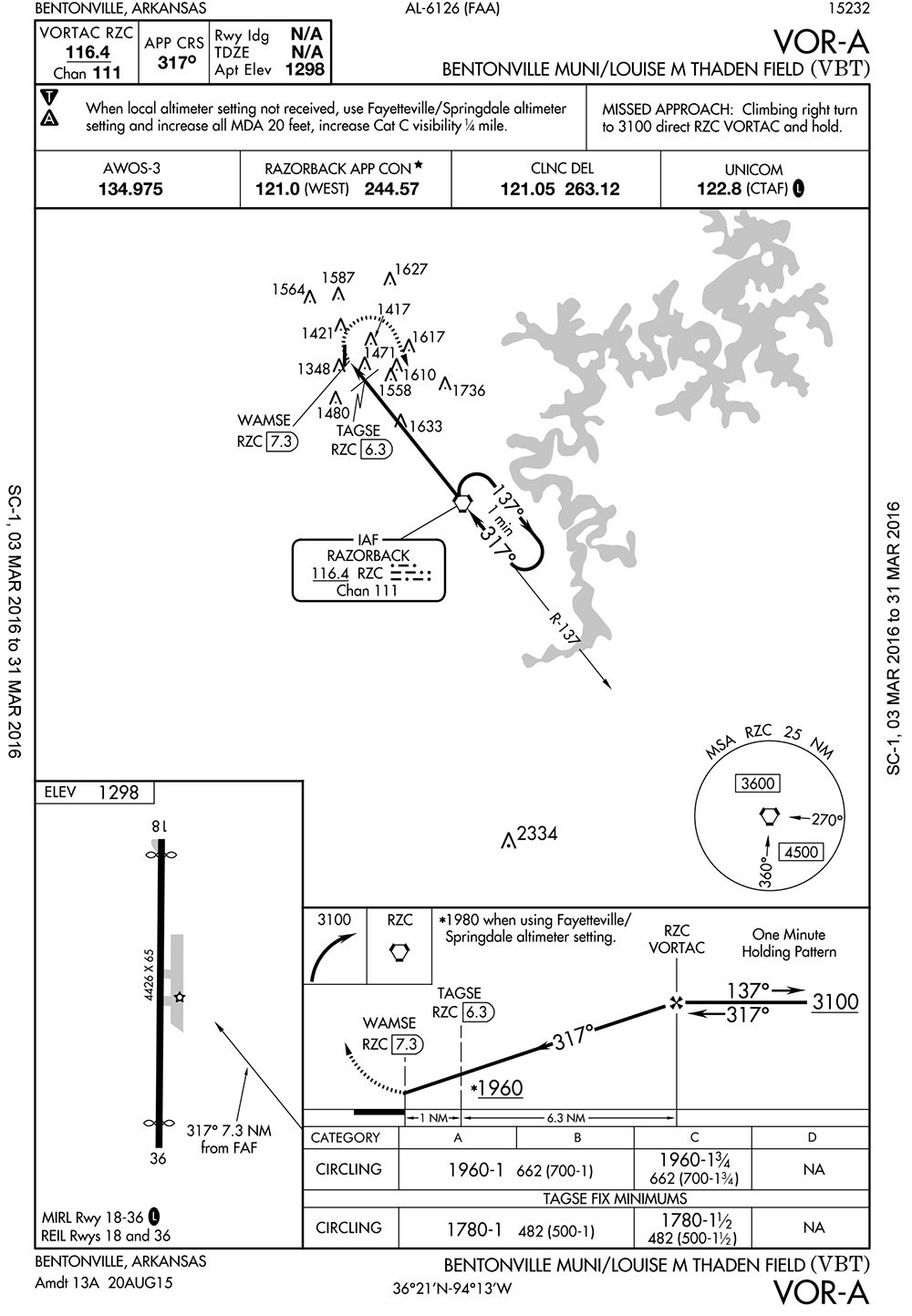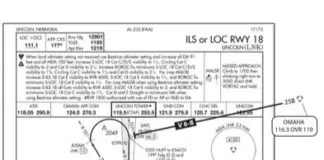MON Airports vs. MON VORs
Reading the sidebar to Fred Simonds’ February article “GPS Backup Strategies” about the MON, I wonder if Victor airways will disappear when the FAA decides that GPS is the primary means of navigation in the NAS. I get that when satellite navigation goes dark the priority is to get all airborne IFR flights on the ground somewhere—anywhere—so wouldn’t pilot action be to tune the nearest MON airport and fly direct (if above 5000 feet AGL) and fly a published ILS or VOR approach from an IAF with no need to follow an airway to get there?
Your articles make my subscription to IFR worth the investment.
Bob Gardner
Renton, WA

Fred Simonds responds:
I think that the 667 Victor airways as we know them will gradually disappear as VORs are decommissioned.
Those that are useful in forming the MON will be kept, but will be repurposed toward getting an IFR GA aircraft to a MON airport as opposed to getting you anywhere you want to go.
To answer your question:
There may no way to tune the nearest MON airport because there is no assurance that there will be a VOR on the airport. The entire MON plan is predicated on airways designed solely to get you to a MON airport, not to a MON VOR on a MON airport.
While you may be able to fly direct, I expect that MON airways will all have minimum altitudes as necessary, just like they do today.
Squawk What?
So for years I turned on my transponder when I rolled onto the runway for takeoff. I am now ADS-B in/out equipped. I have been leaving my transponder on so that it comes on when I flip my avionics switch.
Today at KSBP while I was in the runup area with my discreet flight following squawk, Tower asked me to squawk standby.
What is the proper procedure these days? Is it different for ADS-B out equipped aircraft?
If I don’t have it on I get a fault from my GDL-88.
Ed Mashman
Los Angeles, CA
The FAA says ADS-B should be on all the time the plane is powered. It’s even a question on the current single-engine ATP written. Since ADS-B and transponders are usually inseparable, that means your transponder is always on.
Now, there are times when ATC might want your transponder off. The reasons vary with the airport, conditions and the controller. The point is that you’re not necessarily doing anything wrong if a controller asks you to squawk standby.
Can’t Get There From Here
San Angelo, TX (KSJT) has approach control from Midland. The airspace meets Houston Center for the southern half and Ft. Worth Center for the northern half. If you are inbound from Houston airspace the LOA calls for you to be at (or almost at) 8000 when entering San Angelo approach airspace, which extends out 30 miles. There is close to zero choice in this due to the LOA. In most cases this far out you would want to be between 12,000 and 16,000 in a pressurized aircraft.
Coming from Ft. Worth Center the altitude is usually 13,000 and you can frequently get discretion. I have dealt with this for years and would like to know how to get it changed. How do I find someone at Houston center or Midland/San Angelo approach who will do something to get it changed?
Roy Zesch
San Angelo, TX
Phone numbers for most air-traffic facilities, including your own tower and Houston Center, are in the Airport/Facility Directory oft-overlooked supplemental information.
Changing procedures is a different kettle of fish. You may not be able to, due to other traffic concerns. But you can try, or at least ask for alternate procedures. You’d start with the phone numbers, probably with your tower. Explain the issues and difficulties and ask how to proceed and who to talk to.
At some point you’ll hopefully reach the deciding authority, likely at Midland Approach. It would be best to plead your case to that person, but probably to do so in a local pilots’ meeting. A show of numbers could be important to illustrate the impact of the current practice. Of course, always be polite and considerate; everybody’s just trying to do a good job and often each organization’s needs can be different and conflicting.
Hopefully, you’ll be able to reach some accommodation.
Finally, don’t forget the powerful “unable” in response to a clearance you can’t meet. If you weren’t pressurized and simply don’t choose to fly at oxygen levels, you can decline the clearance for operational reasons—you don’t think it’s safe to fly at 13,000 feet without oxygen.
Your case is a bit different, though. You can descend to 8000 feet, but just don’t want to be flying that low that far out. You may have to explore creative options as you descend from the flight levels.
Luddites Go Home
Jeff Van West’s article, “GPS Makes Us Smarter” in January expressed an excellent point of view. When new technology becomes available, one needs to use the 90 percent advantage it gives and simply deal with the 10 percent disadvantage. The situational awareness afforded by GPS and moving maps is incalculable, and the redundancy of my iPad and a Garmin 530W is quite reassuring.
I simply can’t understand the Luddites who want to go back to the bad old days.
Jim Wills
Farmville, VA
We’re in no way advocating going back to the bad old days. But the point we made in the first article, “GPS Makes Us Lazy,” in September 2015, and that Jeff made again in his article is that with all the modern tools available, there’s a real tendency for pilots to disengage from the process and become hapless passengers.
However you choose to do it, if you can remain fully engaged in the flight and aware of all the critical parameters, by all means take advantage of everything the modern technology offers. But, if all those gadgets lull you into complacency, then perhaps you need to take a fresh look at your procedures.

Where (When) Do I Miss?
I recently went to Bentonville, AR and flew the VOR-A approach. It does not list DME as an equipment requirement, but neither does it have the table of time to MAP or have a GPS overlay. It does, however, list DME distance from the RZB VOR to the MAP, suggesting that distance is how to determine the MAP.
Should it be a VOR/DME approach or say DME is required? I wasn’t sure how I could properly fly the approach without DME.
Dave Randall
Springfield, MO
First, you don’t need a GPS overlay to substitute GPS distance for DME, so you could have used GPS. Lee Smith, our resident TERPSter says the lack of a timing table is likely a charting error. Note that the timing table is included in the Jeppesen version of the approach chart. He’s sending it in as an error report. Hey, not even the FAA is perfect.





